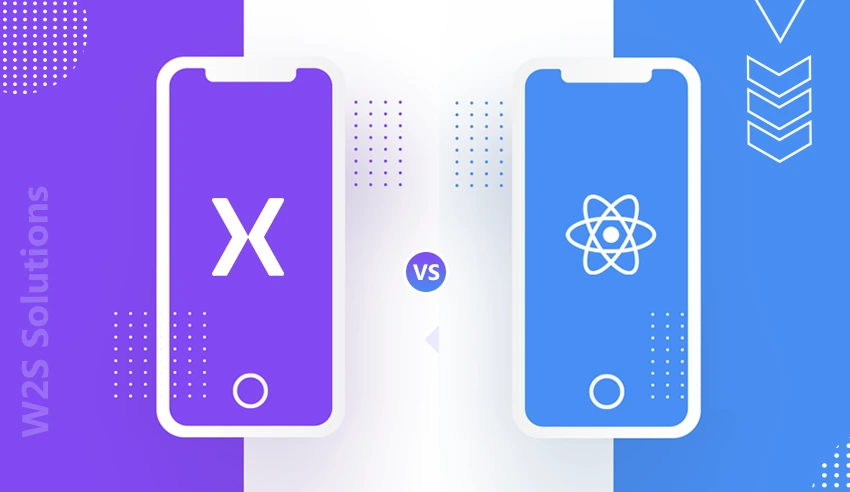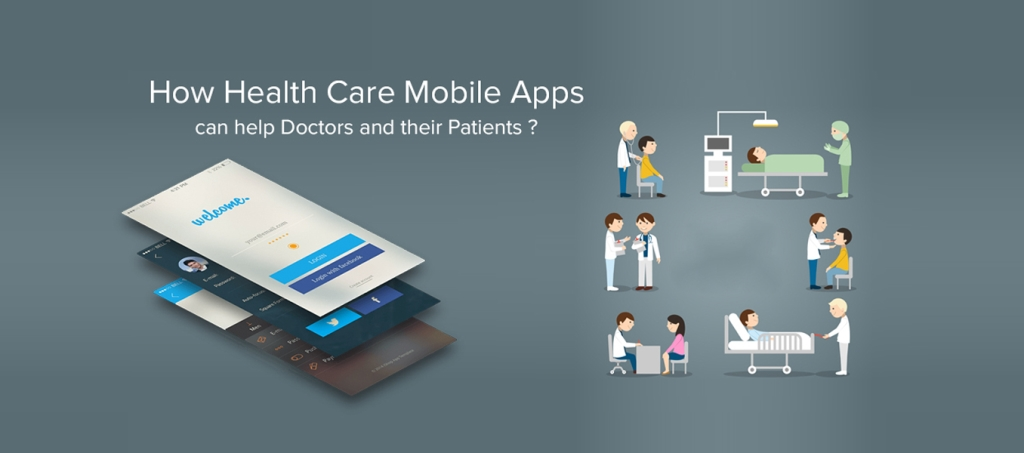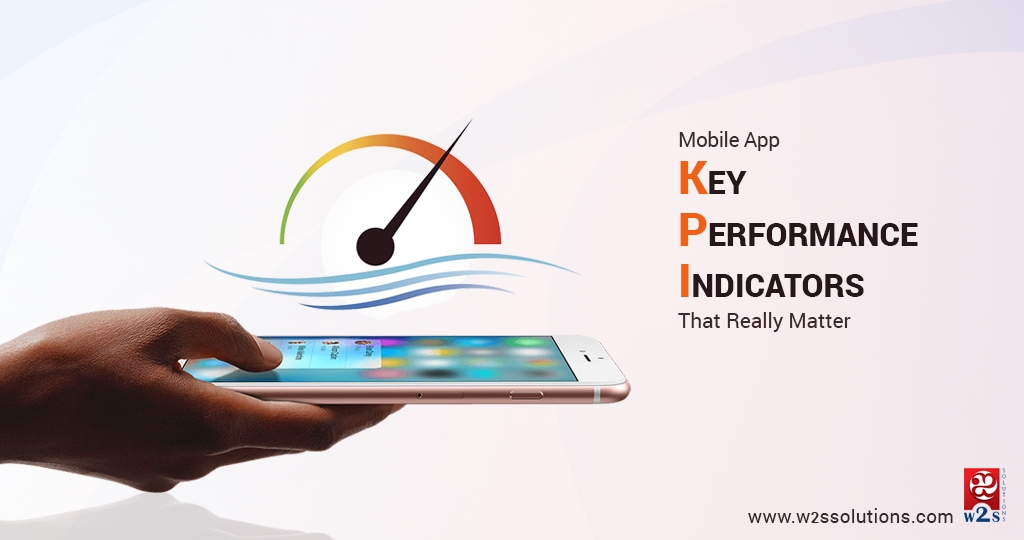TABLE OF CONTENT
Automation testing has become a prominent term in software testing. Automated testing is revolutionizing the way companies bring new features to market swiftly and maintain a seamless user experience, free from bugs. It has not only enhanced the efficiency of developers and QA testers but also expanded test coverage to accommodate the growing diversity of devices, browsers, and operating systems. Yet, amidst this automation wave, manual testing still has its unique significance.
Testing comprises various categories, including black-box testing, white-box testing, system testing, system integration testing, performance testing, and load testing. While some of these testing categories thrive with automation, others continue to yield favorable outcomes through manual testing. Before we get into their respective differences and advantages, let’s get started with the basics.
What is Manual Testing?
Manual testing is a method where individuals execute test cases by hand without the assistance of automated tools. Its primary goal is to ensure that all application functions align with the requirements outlined in the documentation. However, due to its lack of automation, manual testing is generally slow, repetitive, expensive, and time-consuming.
This approach is particularly valuable in situations where human interaction is essential. For instance, User Acceptance Testing (UAT) is a form of manual testing that occurs when human judgment is crucial to assessing a product’s readiness before its market release. Manual testing is always employed when human intervention is required to evaluate an application from a user’s perspective.
What is Automated testing?
Automation testing is a strategy that harnesses specialized tools to create scripts and run test cases. It stands out as the optimal approach for boosting the efficiency, swiftness, and thoroughness of software testing while also being cost-efficient and adept at swiftly identifying potential bugs. Organizations typically deploy Test Automation alongside a framework that sets guidelines, establishes best practices, and employs testing tools.
A well-structured Automated Testing Framework encompasses coding standards, mechanisms for managing test data, repositories for software components, protocols for storing test outcomes, and instructions for utilizing external resources. Depending on the specific framework in place, tests are executed and results are documented systematically.
Differences between Manual and Automated Testing
Both manual and automated testing are crucial aspects of software testing, each with its own set of characteristics and best use cases:
| Metric | Manual Testing | Automated Testing |
| Execution Method | Test cases are executed step by step by human testers without automation tools. | Tests are executed automatically using testing tools and frameworks. |
| Speed | Relatively slower due to human involvement, potentially leading to longer testing cycles. | Faster and more efficient as it eliminates manual execution, enabling quicker test runs. |
| Exploratory Testing | Well-suited for exploratory and random testing scenarios, allowing testers to uncover unforeseen issues. | Primarily designed for predefined test cases and not ideal for exploratory testing. |
| Investment | Lower initial investment since it relies mainly on human testers. | Higher initial investment as it involves acquiring testing tools and may require automation engineers. |
| Reliability | Prone to human errors, making it less reliable in some cases. | Generally more reliable as tests are executed consistently by tools and scripts. |
| Cost-effectiveness | Less cost-effective due to lower efficiency and ROI. | More cost-effective in the long run due to improved efficiency and ROI. |
| Test Reports | Test results are typically documented in files like Excel or Word, making them less readily available to stakeholders. | Stakeholders can easily access and monitor test execution results within automation systems. |
| Performance Testing | Complex performance tests, like Stress Testing and Load Testing, are challenging to conduct manually. | Well-suited for conducting complex performance tests efficiently. |
| Framework | This doesn’t employ testing frameworks but may rely on guidelines, checklists, and strict processes. | Utilizes testing frameworks like Data Driven, Keyword, and Hybrid to streamline test automation. |
| Deadlines | Poses a higher risk of missing test deadlines due to manual execution. | Reduces the risk of missing test deadlines through automated processes. |
The choice between manual and automated testing depends on factors such as testing requirements, budget, and project objectives. Manual testing offers flexibility for exploratory scenarios, while automated testing excels in repetitive and performance-critical testing.
Why and When to Use Automation Testing over Manual Testing?
Automation testing offers numerous advantages over manual testing, making it the preferred choice for specific scenarios in software testing. One significant reason to opt for automation is time-saving. Manual testing, with its repetitive and time-consuming nature, can significantly slow down the software development lifecycle. Automation testing, on the other hand, streamlines the process by automating repetitive tasks, ultimately boosting the speed and efficiency of the development cycle.
In addition to these benefits, automation testing encourages team collaboration by simplifying complex testing scenarios. It allows for the easy inclusion of team members in reviewing test cases and contributing to the testing process. Overall, automation testing proves to be a strategic choice in scenarios where time efficiency, cost-effectiveness, enhanced precision, and streamlined team collaboration are paramount to a successful software testing process.
Automation and manual testing complement each other. Manual testing suits complex scenarios, while automation enhances speed and reliability for repetitive tasks. However, human testers remain essential all the time, as automation could never replace manual testing as a whole.
Manual vs. Automated Testing – Which is Better?
Choosing manual or automated testing requires careful consideration of your specific testing needs. Each method offers unique advantages. Manual testing excels at identifying subtle issues and is ideal for usability and exploratory testing. In contrast, automation testing is perfect for handling repetitive tasks and extensive regression testing. In reality, a combination of both manual and automation testing often proves to be the most effective strategy for comprehensive testing coverage.
Conclusion – Balancing Manual and Automated Testing
The key to selecting the best testing type lies in strategically delineating which test types will undergo manual examination and which segments will be automated. This encompasses determining the requisite resources for manual testing, including the number of users, and likewise, the prerequisites for automation testing, such as user numbers and concurrent executions.
W2S Solutions, a leading App Development Company in USA, provides services that ensure a well-balanced approach between manual and automated testing. This equilibrium facilitates the rapid deployment of error-free digital products while effectively managing expenditure.
Frequently Asked Questions
Get inspired!
Subscribe to our newsletter and get updates on how to navigate through disruption and make digital work for your business!



































































